Hair transplants are often performed in a single “mega session” or in multiple sessions over a period of weeks, months, or even years. A mega-session can complete the entire procedure—harvesting hair follicles from the donor site followed by placing grafts into the recipient site—in a single session that will last several hours. However, multiple sessions are a better choice for most patients, because they keep the success rate of the transplanted hairs high. Anything over 2,500 grafts can drastically lower the success rate.
For 3 to 6 months after a hair transplant, most of the follicles that have been transplanted will be able to thrive and produce hair at their new site. However, some of the transplanted follicles will not be able to thrive in this new home. This is what is considered the success rate.
The search for an effective way to enhance the survival of transplanted hair grafts and to promote healing afterwards while maintaining a minimal amount of scarring has led to the use of PRP (platelet rich plasma) therapy.
To learn more about PRP, it is best to begin with a look at platelets and what they do.
What Are Platelets?
As with red and white blood cells, platelets are biological parts of blood. Unlike red and white blood cells, platelets don’t have a nucleus, so they are not called cells. They are also somewhat smaller than red and white blood cells. Platelets are best known as being components of our blood clotting system. Platelets help form clots by first releasing a cascade of chemical factors that are essential to the clot-forming process. Then they change shape and interlock to make a wall and plug the site that is bleeding. This wall consists of interlocked platelets and strands of hemostatic fibers that are called fibrin.
Every platelet also works as a biochemical storehouse of regulatory, signalling, and growth-factor molecules used in the recovery and healing of tissue as well as in the emergency response to injury. Growth-factor molecules that are associated with platelets include the following:
Platelet-derived growth factor (PDGF) — promotes blood vessel growth, cell replication, skin formation
Transforming growth-factor-beta (TGF-b) — promotes the growth of the matrix between cells, bone metabolism
Vascular endothelial growth factor (VEGF) — promotes blood vessel formation
Epidermal growth factor (EGF) — promotes cell growth, blood vessel formation, and collagen formation
Fibroblast growth factor-2 (FGF-2) — promotes growth of specialized cells and blood vessel formation
Insulin-like growth factor (IGF) — regulates normal physiology in nearly every type of cell in the body
How PRP Is Made
Platelets for PRP are derived from a patient’s own blood.
– Blood is withdrawn from the patient’s arm.
– The tube containing the patient’s blood is placed in a centrifuge and spun for a period of 10 to 15 minutes.
– The centrifuge spins out the red and white blood cells and platelets and concentrates them at different levels in the tube.
– The platelet rich plasma that looks yellow to gold in colour is left at the top.
PRP In Hair Transplantation
1. To preserve and enhance the viability of hair follicles after a hair transplant
2. To promote and enhance tissue repair and healing after a hair transplant
3. To reinvigorate and supercharge the dormant hair follicles and also stimulate new hair growth
Safety, Complications, And Contraindications To The Use Of PRP
PRP is autologous (it comes from your own body). Therefore, it poses no danger of allergic reactions, hypersensitivity, or foreign-body reactions.
To stop infections, sterile techniques must be used at every stage of PRP preparation and application.
A brief period of inflammation may be experienced after the application of PRP. Inflammation may be associated with the release of platelet-associated factors at the wound site.





